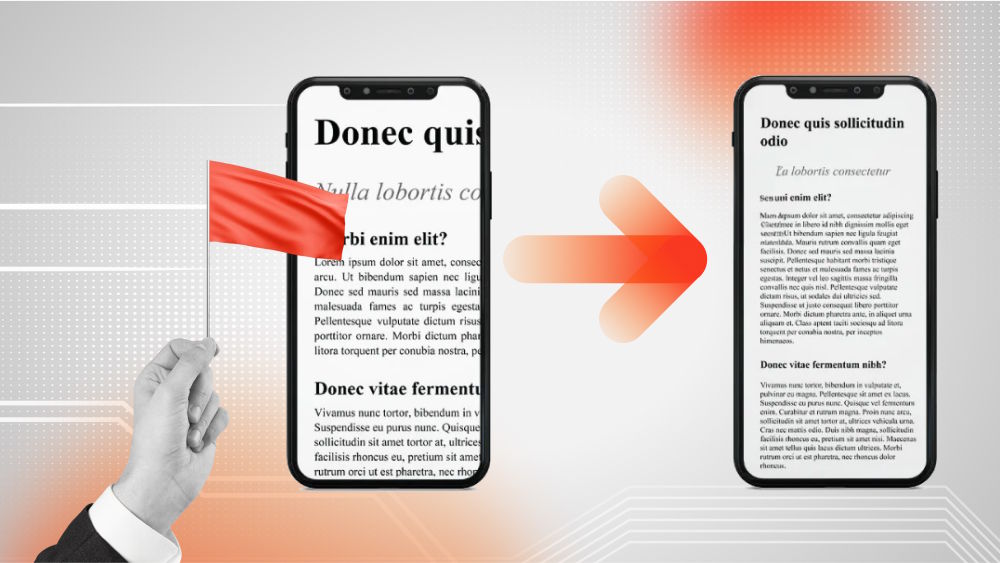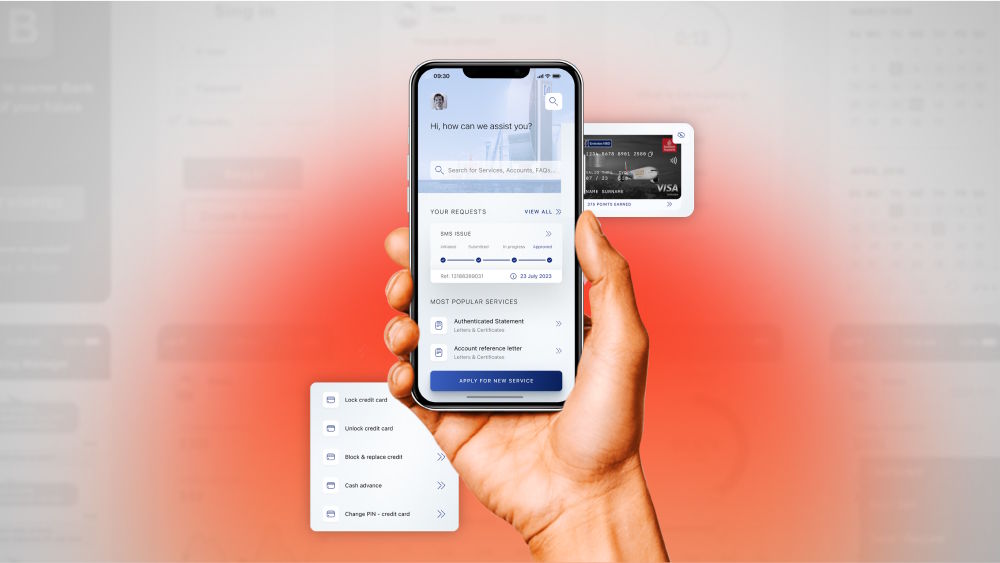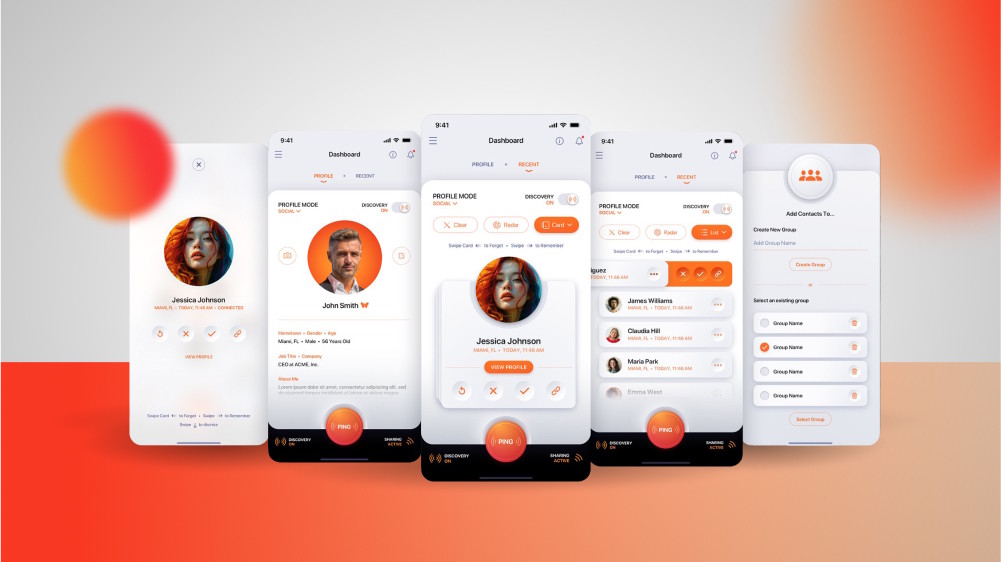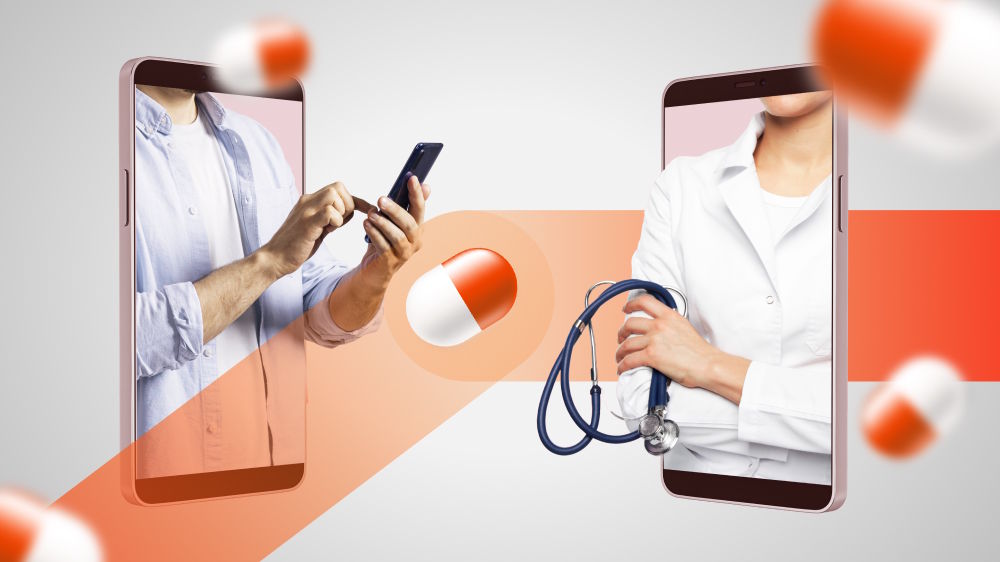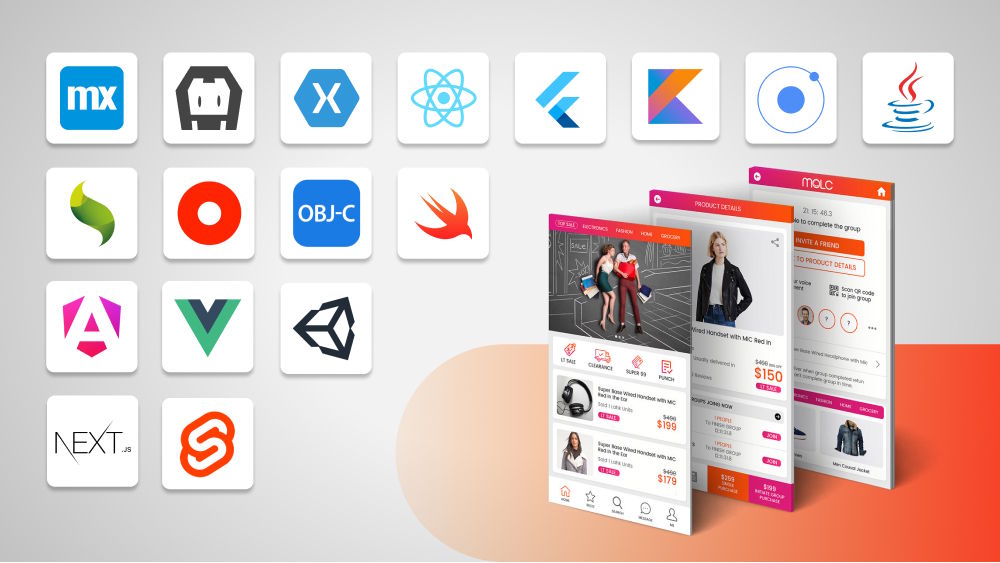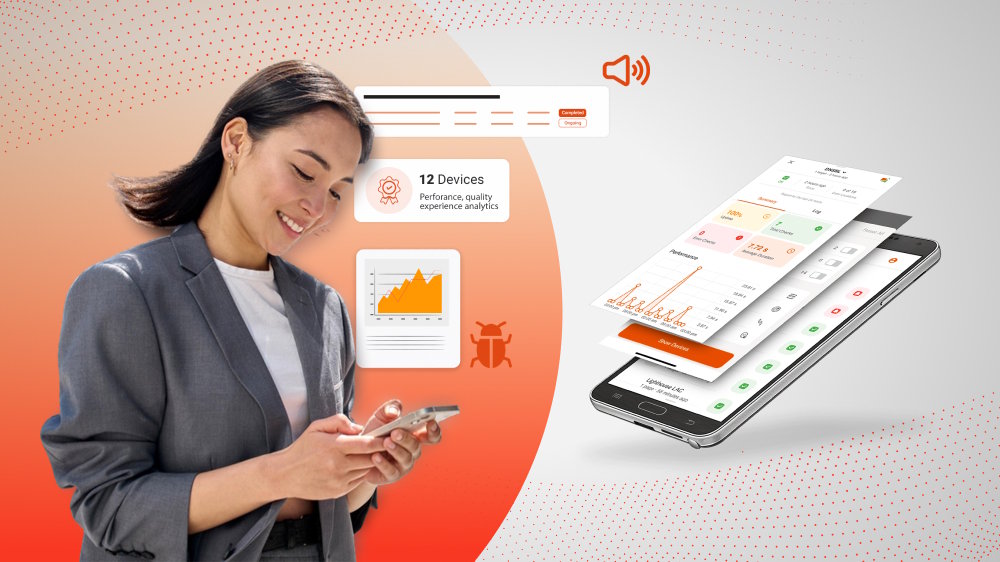
Delivery App Development: Is It the Right Choice to Generate Revenue?
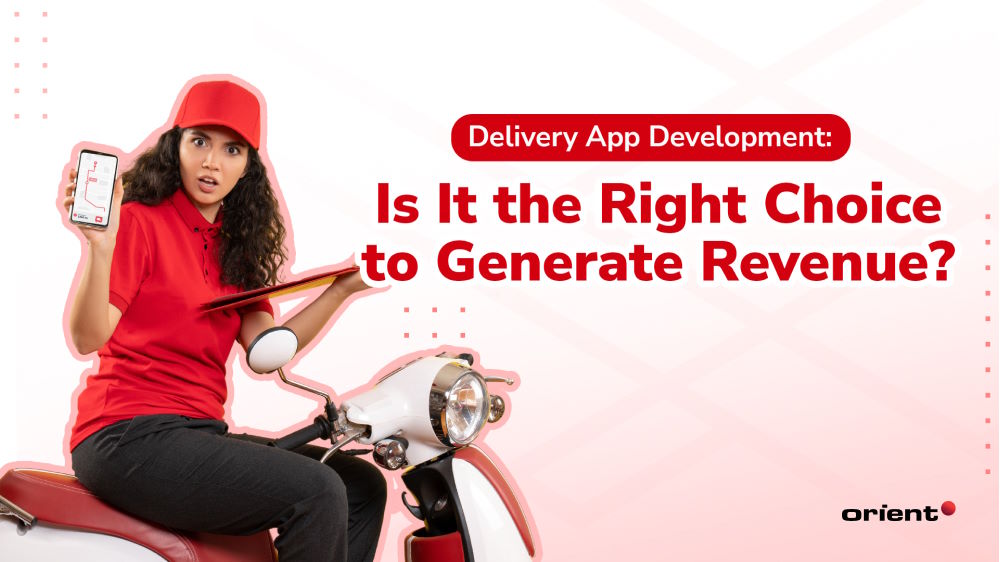
Content Map
More chaptersThe rapid development of technology plays a vital role in improving the quality of human life. A few taps on mobile devices and services delivered right at the doorstep, which seemed like an impossible scenario, have now become an obvious reality.
Figures from recent years have shown the immense revenue potential within the delivery app sector as users gradually shift to using convenient services at home. Particularly for the food delivery service industry, the market value in 2021 was estimated to be worth over $150 billion in 2021, having tripled in size compared to 2017. Up to 42% of restaurants currently have applied order and delivery models to attract modern users.
However, perhaps you don’t know delivery app development is a lucrative market with high development potential beyond food delivery services. If you are cherishing a food delivery app idea or any other genre, a grocery delivery app, for example, make sure they’re not just meeting demands but also driving brand differentiation. Continue reading to learn more about this lucrative venture.
What Are the Common Types of Delivery Apps and Their Examples?

As mentioned above, although the food delivery app market is dominant, the development of the delivery app development industry is also fostered by other types of delivery niches. Instead of facing the undoubtedly fierce competition in the online food delivery market, you can invest in alternatives to thrive and succeed. What are the main types of delivery apps? Given below are some common ones and their examples.
- Food Delivery Apps: These types of applications allow users to quickly access online menus, order meals from restaurants, including local eateries and popular chains, and then enjoy the food right to their doorsteps. ShopeeFood, Uber Eats, DoorDash, Grubhub, and GrabFood are some notable examples.
- Grocery Delivery Apps: These apps act like virtual shopping carts that enable users to order groceries and have them delivered to their homes without going to the market or supermarket. Instacart is a prominent example in this category.
- Entertainment Delivery Apps: This category includes platforms that provide users access to multiple forms of digital entertainment content and experiences, such as streaming services, event tickets, or digital media. Examples include Netflix and Spotify.
- Package Delivery Apps: These apps are designed to offer both individuals and businesses the ability to send or receive parcels and goods around the world. Roadie, Uber Connect, and Veho are some typical examples you can refer to.
- Alcohol Delivery Apps: These types of delivery apps specialize in giving access to and delivering alcoholic beverages, including beer, wine, and spirits, directly to consumers’ doorsteps. Examples include Drizly and Saucey.
- Medicine Delivery Apps: These applications provide a convenient experience for those who may have difficulty accessing traditional rewards. By delivering required prescription medications and over-the-counter pharmaceutical products, medicine delivery apps get the right med at the right time for users in need. CVS Pharmacy, NowRx Pharmacy, and Netmeds are notable examples.
How Can a Delivery Service App Generate Revenue?
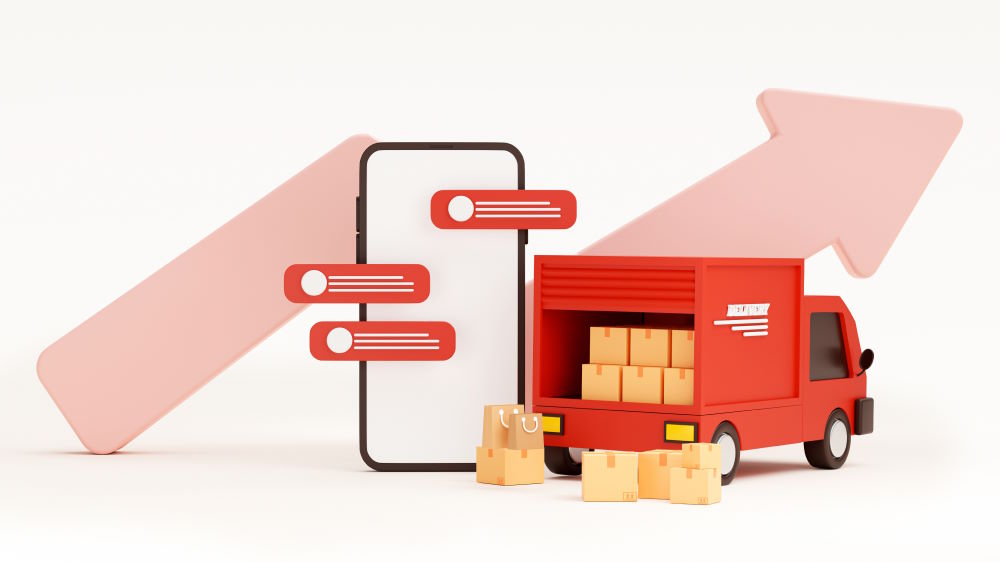
With the ever-increasing growth potential of the food app development market, in 2022, Uber Eats generated approximately 10.9 billion U.S. dollars in global revenues. Truly an unbelievable number. However, have you ever wondered where that revenue comes from?
Clearly, the key to the success of any business lies in its business strategy. We don’t know exactly what Uber Eats did to beat food delivery competitors like Delivery Hero and DoorDash. But there are some basic ways to help you make money from creating your own food delivery app, as below.
Commission-based Model
There is no cooperative relationship that is not mutually beneficial. As a bridge to bring customers in need of specific services, almost all delivery apps today require partner restaurants or stores to charge a certain commission for every order placed through the app. Simply put, the commission model allows delivery apps to generate revenue by earning a fee from the sales made by the partnering establishments. Depending on the individual regulations of each platform, the commission percentage can vary from one to another.
Delivery Charges or Surcharge
By charging customers a delivery fee for the convenience of having their orders brought to their front doors, the delivery app can generate revenue with each order fulfilled. This is one of the most straightforward ways to monetize the delivery platform. Depending on the geographical distance from the restaurant and store to the delivery location, customers must pay an equivalent delivery fee. Besides, factors such as weather and peak hours also cause fluctuations in shipping costs, causing delivery charges to increase or decrease depending on the time.
Where a delivery app utilizes a third-party vendor to handle the shipment of orders, the impact on the app’s ability to generate revenue through delivery fees relies on the specific arrangements and partnerships involved.
Subscription-based Services
Subscription-based service refers to a business model in which customers pay a recurring fee weekly, monthly, or yearly in exchange for added value and convenience on types of delivery apps. Instead of using an application for free, users need to pay a fee to upgrade their membership to a higher level and enjoy privileges only available in premium tier options, such as exclusive discounts, priority delivery, free shipping, or access to premium features.
Subscription-based services with ongoing benefits not only create a consistent stream of revenue for delivery apps but also contribute to the overall financial stability of the business as they exhibit greater loyalty from subscribers.
Sponsored Listings
Normally, when entering a keyword for any need, delivery apps typically display search results based on proximity or popularity. However, there is no shortage of cases where restaurants and stores appear in priority order. Why? Sponsored listings are the answer.
Sponsored listings in delivery apps are a form of targeted in-app advertising that allows merchants to pay for enhanced visibility within the app. With sponsored listings, businesses increase their chances of reaching potential customers, while delivery app operators promote a lucrative monetization opportunity for revenue.
In-app Advertising
In-app advertising is an optional supplementary source of revenue for delivery service apps. In addition to the above earning methods, a delivery application can also incorporate ads from relevant businesses, including eateries or food-related brands, to provide an avenue for monetization beyond the standard transaction fee. These ads can appear in pop-up form or even be positioned in suitable spots right on the homepage to attract click-through rates and conversions from users. However, this method is not recommended as it may cause disruption for customers during their purchasing lifecycle.
How to Create a Delivery App Like Industry Leaders
According to data from Statista, the value of food delivery app project funding worldwide reached a record-breaking 19.1 billion U.S. dollars in 2021, which is nearly double the previous year. The grocery and food delivery app development market is predicted to continue expanding in the coming years as market demand increases. It is never too late to bring your innovative ideas to life. However, big things start small. Make sure you have a solid grasp of how to create a food delivery app before actually entering the implementation stages.
Step 1: Market Research and Analysis
Market research is the initial phase that we cover in every software development guide, regardless of its category. Every playground has its rules. You cannot enter any market without understanding its characteristics. By conducting comprehensive market research, you can gain meaningful insights to inform a competitive delivery app’s strategic planning and development. However, this process is not simple as it includes many different steps, such as:
- Industry Analysis: Analyze industry reports and forecasts and pay attention to factors such as market size, regional trends, and growth projections to understand the current state of the delivery app development market.
- Consumer Preferences: Explore consumer preferences, behaviors, and demographic data to understand user needs and their pain points.
- Competitive Landscape: Study strengths, weaknesses, and strategies from competitors in the same segment, even industry leaders, to develop delivery app ideas to overcome gaps or unmet needs in the current offerings.
- Technological Innovations: Monitor and stay informed about technological advancements, including artificial intelligence, IoT, and big data, to improve operational efficiency.
- Regulatory Environment: Consider the licensing requirements, labor regulations, and any other laws and community standards to apply legal assurance and risk mitigation.
Step 2: Business Model Selection
The main purpose of this step is to clearly establish the framework that outlines how the delivery app will create value for both partners and target audiences while ensuring the app’s stable ROI software. In short, business models in types of delivery apps are ways in which an app can make money from business activities. You can use one of the five methods above to create and maintain revenue. However, the ideal way is to combine the two business models to establish a sustainable and diverse income stream.
Step 3: User Experience Design
UX design is the process where designers in the development team work closely together to create a delivery app interface that offers users the most pleasant and relevant experiences, thereby fostering positive engagement and satisfaction. Depending on the target user and types of delivery apps, UX design will have certain differences. Overall, it should encompass the entire journey of a user’s interaction with a company, its services, and its products.
To accomplish this step, you should focus on the following actions:
- Wireframing and Prototyping: Develop interactive prototypes and wireframes to visualize the layout and functionality of the app.
- Usability Testing: Gather user feedback through usability testing to identify any friction points in the user journey and make necessary improvements.
- Accessibility Considerations: Ensure that the app is designed to be accessible to audiences with diverse needs, including those with disabilities.
Step 4: Feature Set Development
There are countless features you can integrate into the app. While all delivery apps usually have some common features, such as push notifications, it is recommended that you unleash your creativity and tailor your app to fit your company model. Don’t try to develop too many food delivery app features simultaneously, as customer value delivery and compatibility with business goals are prerequisites.
At this stage, follow the actions below to execute this step effectively:
- Feature Prioritization: Identify and arrange features in priority order based on user needs, market demands, and the unique value proposition of your delivery app.
- Minimum Viable Product (MVP): Develop an MVP with only essential features to survey user reviews about the app.
- User Feedback Integration: Gather feedback from potential users and early adopters to understand their expectations.
- Iterative Development: Continuously iterate on the feature set based on user feedback, performance analytics, and evolving market trends.
Step 5: Payment Gateway and Logistics Integration
Don’t rush to launch your delivery app on the Google Play Store and Apple App Store without completing this step. Orders on the app cannot be completed without the payment processing systems and logistical infrastructure. Regarding payment gateway, you can consider options such as credit/debit cards, digital wallets, or online banking apps to diversify the user’s payment experience. Meanwhile, the issue of shipping is more straightforward when you can consider any shipping unit that is suitable for your business.
Here’s what to do in this step:
- Transaction Security: Ensure that the payment gateway integration meets all security requirements to protect users’ financial information and prevent fraudulent activities.
- Partner Communication: Create effective communication channels with partner restaurants and stores to ensure the accuracy of order details.
- Real-time Updates: Enable real-time notifications for users, such as order status, estimated delivery times, and any changes to the delivery process.
- Testing and Optimization: Thoroughly test the payment gateway and logistics integration to identify and address any operational efficiency issues.
How Much Does It Cost to Develop an On-demand Delivery App?
Based on market benchmarks, creating a food delivery app can cost anywhere from $10,000 to $70,000. The reason for this significant price difference is due to the diversity in development requirements, the complexity of the delivery app, feature sets, the presence of integration, etc., in each project.
If you want to develop an app like Uber Eats, prepare for economic solid potential because it may cost you millions of dollars. However, big investments come with big risks. Whether you like it or not, you still have to accept the fact that your future delivery application may or may not be successful.
The safer option is to build an app that promotes simplicity. With only the necessary features and functionality for the app to work as needed, the delivery app is easy to use and accessible to a diverse range of users. Based on community response, enhancements may be updated over time to eliminate the need to use large budgets at once.
Despite the constant increase in delivery fees, the delivery app development industry is expected to continue expanding its market share in the future. Starting to implement delivery app ideas now helps you quickly create a competitive advantage. No more time for gathering a team of experts, which requires time and effort; contact Orient Software to quickly turn the pure concept into reality.

